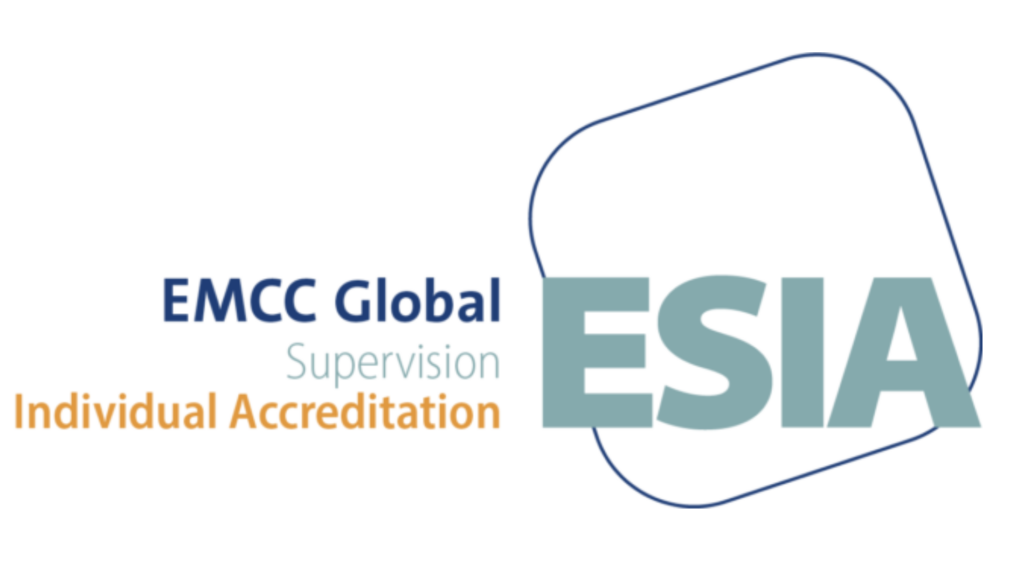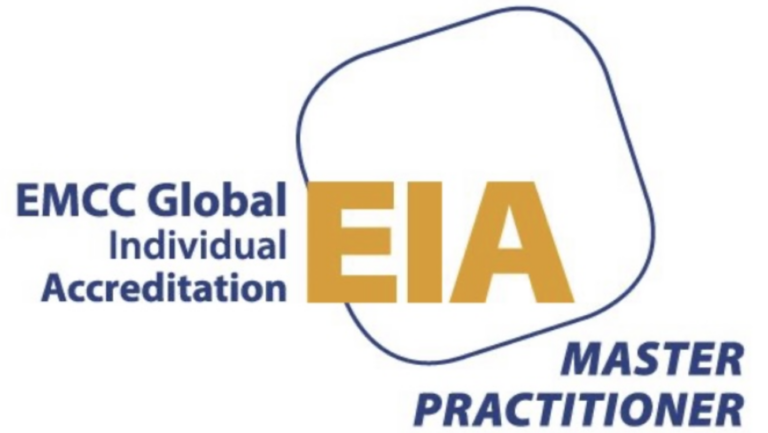Happiness is the experience of joy, contentment, or positive well-being, combined with a sense that one’s life is good, meaningful, and worthwhile.
Sonja Lyubomirsky
For the past 5 years, I’ve been running a 2-day experiential programme for Executive MBA students at a business school in London, based on the ‘Science of Happiness at Work’. This post summarises some of the research I mention in my introductory presentation.
What is the business case for happiness?
We know that happier people are more productive at work. Research completed by the iOpener Institute shows that the least happy people spend 40% of their time focused ‘on task’. In contrast, the happiest spend 80% of their time at work actually working. This means the happiest people do in excess of 100 days more work per year. It is no wonder that employers invest so much in the wellbeing of their staff.
What causes happiness?
In The How of Happiness, positive psychology researcher, Sonja Lyubomirsky describes three main factors which determine overall happiness.
First, our genes. We all have a base level of happiness, sometimes referred to as the setpoint. This makes up 50% of our overall happiness levels. This is a reference to Bouchard’s work on the Minnesota Study of Twins Reared Apart, a longitudinal investigation into identical twins who were separated at birth and raised in different families.
Our life circumstances also make a difference: e.g. whether we are rich or poor, healthy or unhealthy. It turns out this factor only influences 10% of our overall happiness levels. There are many relevant research studies in the US, including one which shows that Americans earning more than $10 million are only slightly happier than their most junior employees.
This leaves 40% for intentional activities or behaviour that is within our control, e.g spending time with friends and family and taking regular exercise.
How can we increase our happiness levels?
Lyubomirsky’s research has found that the following ‘intentional activities’ or Positive Activity Interventions (PAIs) increase overall happiness levels:
Expressing gratitude
Appreciating the good things in life
Using your strengths in a new way
Performing acts of kindness
Affirming one’s most important values
Dwelling on positive events
Optimistic thinking
Meditating on positive feelings for oneself and other people
These interventions trigger positive emotions, thoughts and associated behaviours, all leading to increased general wellbeing.
Is there a correct dosage for happiness interventions?
It turns out that concentrated doses of PAI are the most effective. For instance, 5 ‘acts of kindness’ all delivered on the same day, once per week lead to a higher level of wellbeing than if they are delivered evenly throughout the week. Perhaps this is because including it in our weekly plan would feel burdensome.
Furthermore, we adapt to our own routines and so the positive effect of PAIs can reduce over time. To mitigate this, it helps to introduce variety. For example expressing gratitude verbally rather than in writing or identifying a different strength to use in a new way, every now and then.
Do I need to do all of these things to be happy?
No, however, we can all find our own way to practice some of the items on Lyubomirsky’s list. I have my own favourites. In particular:
Dwelling on positive events, or as I call it, ‘noticing pleasant experiences’. This is a technique I took from a mindfulness course. It is very simple: at the end of the day, reflect on 3 enjoyable moments from that day. When I practice this over the course of several days in a row, then I find that I become more present and positive in general. My mind adopts a more positive frame.
Meditating on positive feelings for oneself and other people: in 1996 I was taught a form of Buddhist meditation called Metta Bhavana and I have been returning to it ever since. It is a five-stage sitting meditation which involves generating positive emotion in relation to oneself and others. Formal meditation training is recommended to learn this properly.
Gratitude. In Hostage at the Table, George Kohlreiser says that the grieving cycle contains the following stages: denial, protest, sadness, fear, acceptance, renewal, forgiveness and finally gratitude. I have come to think of gratitude as the final stage of any process of acceptance. Asking, ‘what do I feel grateful for?’ is a helpful way to check where I am in the cycle.
So, you want to be happy?
Buddhism teaches that happiness can only be achieved when you renounce your desire for it. Lyubomirsky’s research supports the belief that the wish to be happy is indeed a barrier to happiness.
Positive Activity Interventions work because the focus is not on happiness as an end in itself, but on the activity that engenders it, e.g. undertaking voluntary work (using a strength in a new way) or looking forward to your next holiday (optimistic thinking). Happiness can be still be treated as a choice, however, holding happiness as an ultimate goal is likely to reduce the chances of achieving it.
Can coaching help?
In my coaching practice, clients often want to find ways to shift their mindset from negative to positive. Whilst the practices that can bring happiness are simple and easy, the discipline required to maintain them is not. Coaching can provide some clients with the structure they need to ensure that new patterns of behaviour become ingrained.









